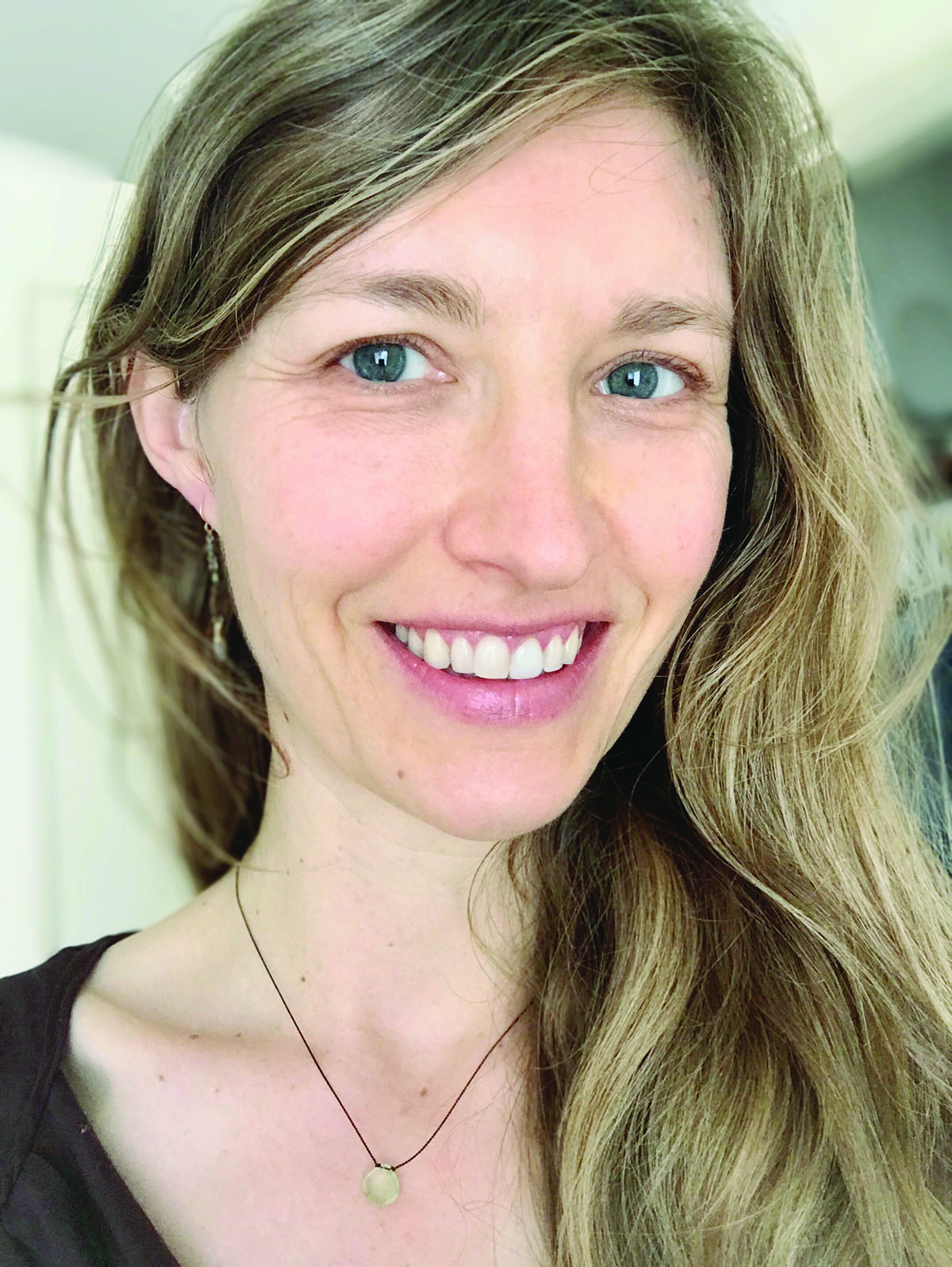Our world is swimming in plastic. Since the early days of large-scale plastic production in the 1940s, plastic manufacturing has skyrocketed to total over 18 trillion pounds – more than twice the combined weight of all animals (and humans) on earth. Of that, over three quarters has become waste. Only an estimated 9 percent of that waste has been recycled; 12 percent has been burned; and the rest has been ushered to landfills or tossed into the environment. Some of it has congregated in the Great Pacific Garbage Patch, a plastic-berg located between California and Hawaii that is now more than twice the size of Texas.
 Annie Lindberg
Annie Lindberg
As these macroplastics (larger pieces of plastic) break down into smaller and smaller pieces they morph into microplastics (plastics smaller than 5mm – the width of a pencil eraser). With further disintegration they're termed nanoplastics (plastics smaller than 1 micrometer – smaller than most cells).
These nano- and microplastic polymers now permeate the air, oceans, and soils globally. Unsurprisingly, they are not harmless. And the smaller these plastic particles become, the more easily they can enter plants, animals, and humans: our bellies, lungs, bloodstreams and tissues.
Air
Plastics are literally falling from the sky. Even the skies over relatively unpopulated areas are swarming with microplastics and nanoplastics. A research station located at 10,000 feet in the Swiss Alps reported over 19 billion nanoplastics deposited per square foot of snow each week. This Swiss Alps research station is not an anomaly. Just as wildfire smoke is transported from the Northwest to the East Coast, and dust blows regularly from the Sahara into Europe, micro- and nano-plastics know no boundaries. They ubiquitously inhabit our air.
Analysis via mass-spectrometry identifies their origins. The majority of airborne microplastics hail from vehicle tires. Another substantial subset derive from the microfibers of clothing, as two-thirds of all clothes are now made of plastic: nylon, polyester, fleece, acrylic, and spandex.
Ocean
Not only is our air increasingly teeming with plastic, so too are our oceans. In some harbors, plastics from ships – typically boat paint particles – reign as the most plentiful plastic. At most studied ocean sites though, a third to nearly all ocean microplastics stem from clothing. How do clothing fibers enter our oceans? Every time you do your laundry, tiny particles of plastic clothing break off and enter the laundry water, flowing into wastewater treatment facilities. These facilities capture between 83 and 99 percent of microfibers. The 1 to 17 percent not captured are pumped into the ocean with the rest of the filtered wastewater.
As a result, plastic particles are now principle features of ocean planktonic communities. Baby fish, bivalves and crustaceans mistake the tiny plastic floaters for food and ingest them. Larger fish gobble up these critters, along with their bellies' plastic cargo. Scientists have dissected the stomachs of crabs, sea cucumbers, shrimp, oysters, sardines, salmon, sea turtles, and marine mammals and found microplastics in them all.
Soil
In the air, in the sea, and yes, plastics now populate the soil as well. Soccer fields are increasingly constructed of rubber tire turf, and grasses are gradually ditched for plastic sod. These plastics along with vehicle tire remnants enter stormwater runoff during rains, seeping into soil.
More directly though, sludge from wastewater treatment plants (containing the 83 to 99 percent of microfibers that that wastewater plants capture) is sold to farmers as fertilizer. Of the 28 billion pounds of biosolids (poop) that the United States generates yearly from flushed toilets, half is applied to crops. By applying this repurposed human waste as fertilizer, farmers inadvertently plaster soils with hundreds of millions of pounds of microplastics each year. Our food grows in this soil.
Plastics enter our soils in other ways as well. Some farmers apply prills (plant fertilizer coated in plastic capsules in order to slowly release the nutrients) to their fields. Too time-consuming to remove, the capsules break down into microplastics in the soil. Other farmers regularly stretch wide swaths of plastic over rows of soil in order to insulate it and protect it from pests and erosion. They puncture holes in the plastic to deposit the seeds. Much of the plastic breaks down in the soil becoming microplastics. The pieces that are removed are often burned, returning the microplastic polymers to the air.
Critters and Human Beings
Just as microplastics populate the environment, studies find they increasingly inhabit humans and animals as well. We breathe them in and we swallow them, ushering microplastics through our respiratory and digestive systems. We eat them when we eat contaminated fish, animals, and even plants. We drink them when we drink microplastic-contaminated water, or when we drink out of plastic containers. Some of these nanoplastics are small enough to enter our blood streams where they travel to tissues and organs.
More to Come
Clearly the microplastic predicament is the macroplastic predicament, as larger plastics naturally break down into smaller plastics. The more effectively we can keep larger plastics out of our environment, the more efficiently we can shield our environment and our bodies from micro- and nanoplastics. In the future, I will springboard from this elucidation of an escalating environmental and human health challenge and dive into why and how these plastics are potentially toxic. I will also explore positive actions already taken as well as actions you can take to minimize microplastics in your body and in our world, as our bodies and our environment are inextricably interconnected. Until then, for a deeper dive into all things microplastic, I would recommend reading Matt Simon's 2022 book, “A Poison Like No Other,” complete with scores of citations from recent peer-reviewed journal articles.
Annie Lindberg is a licensed acupuncturist, Chinese medicine practitioner, and Ayurvedic practitioner. She also holds a master’s of environmental studies. She owns and practices at The Point Acupuncture & Ayurveda, located in Madison Park and is a regular Madison Park Times health columnist.